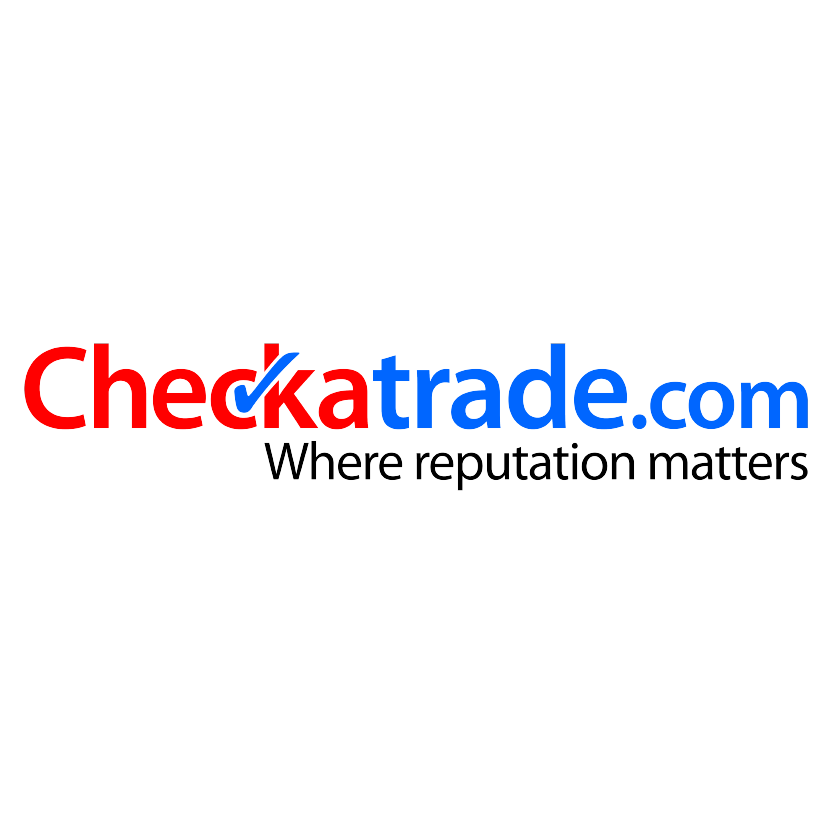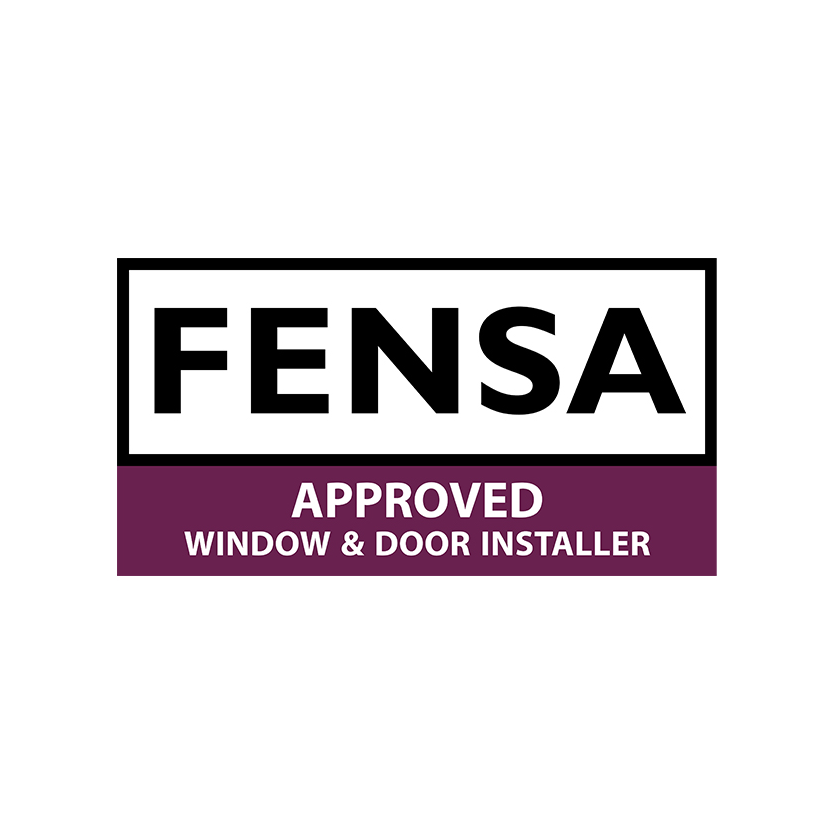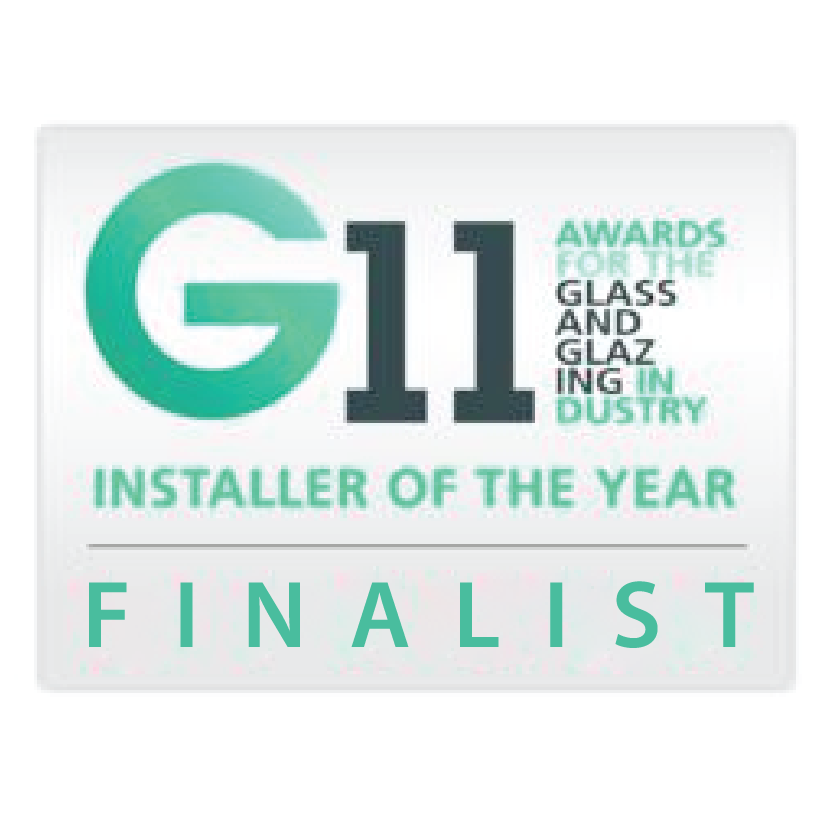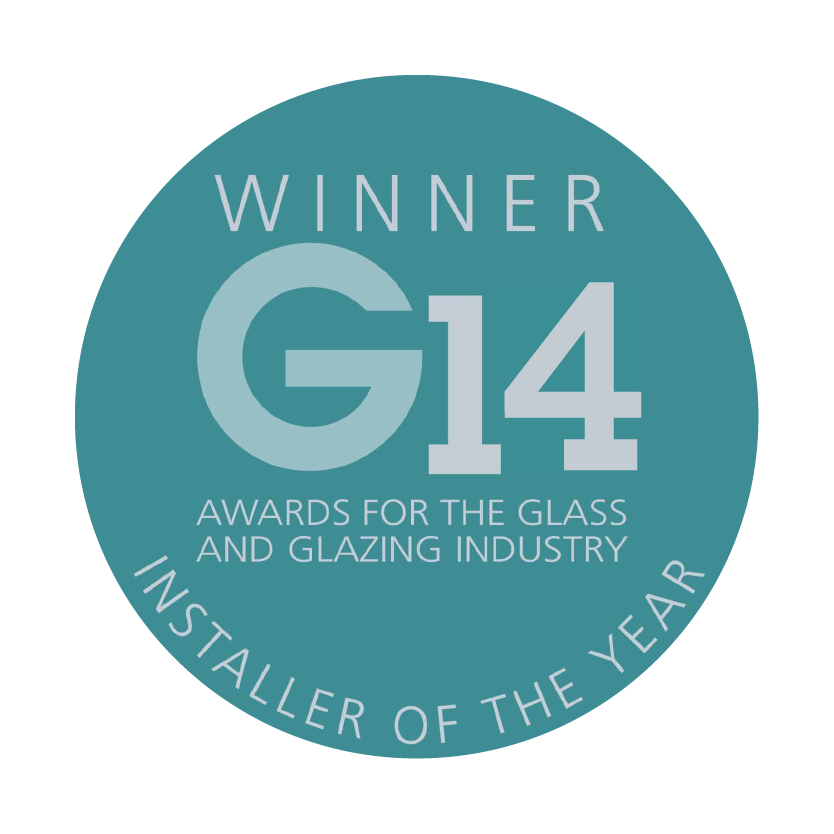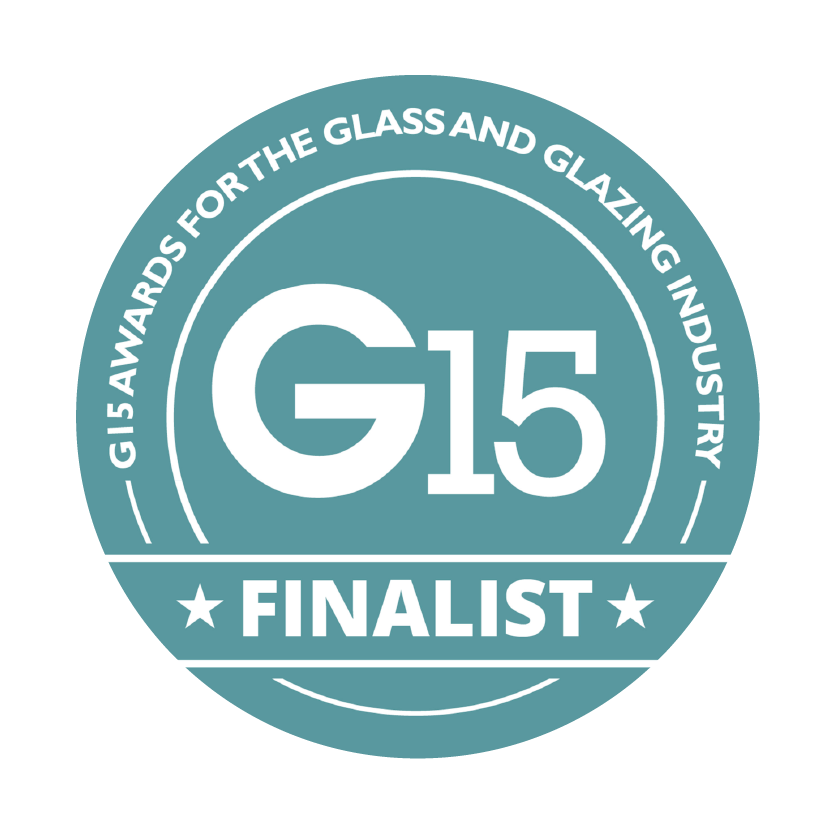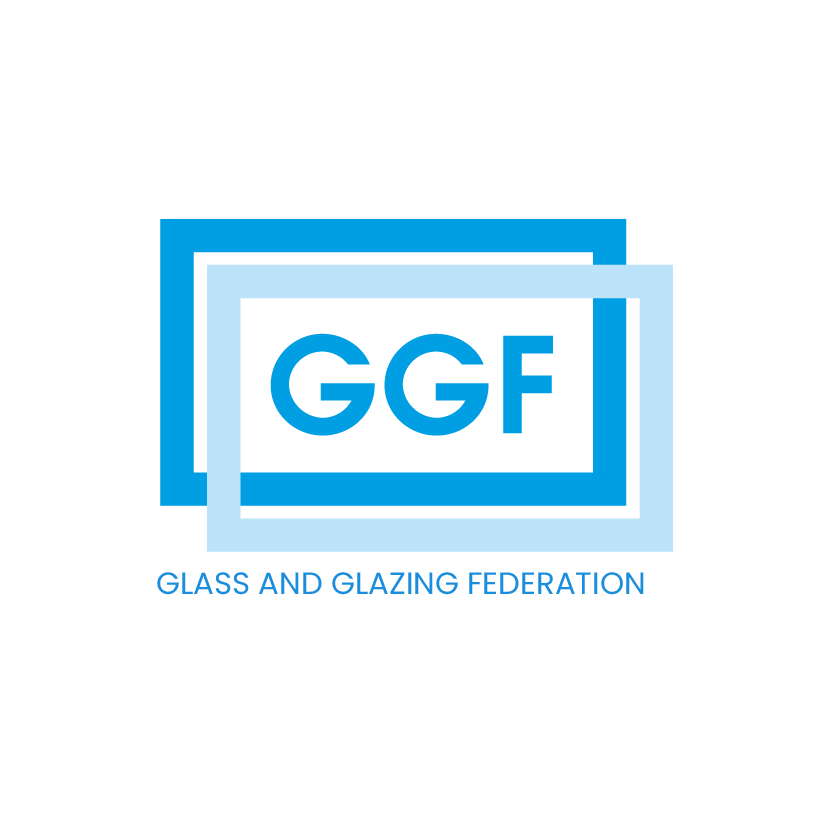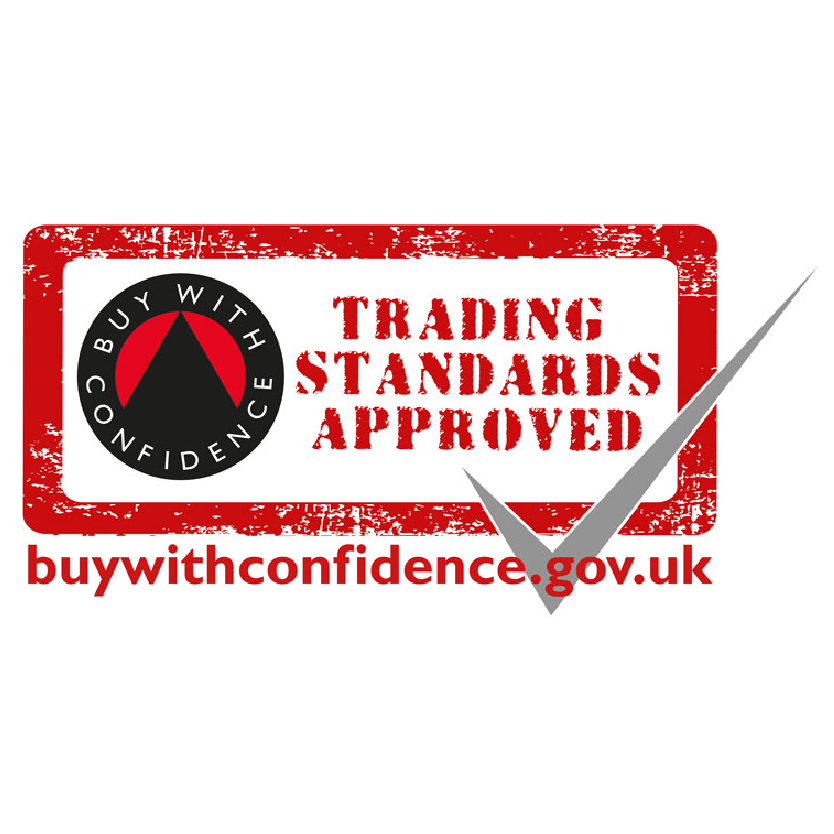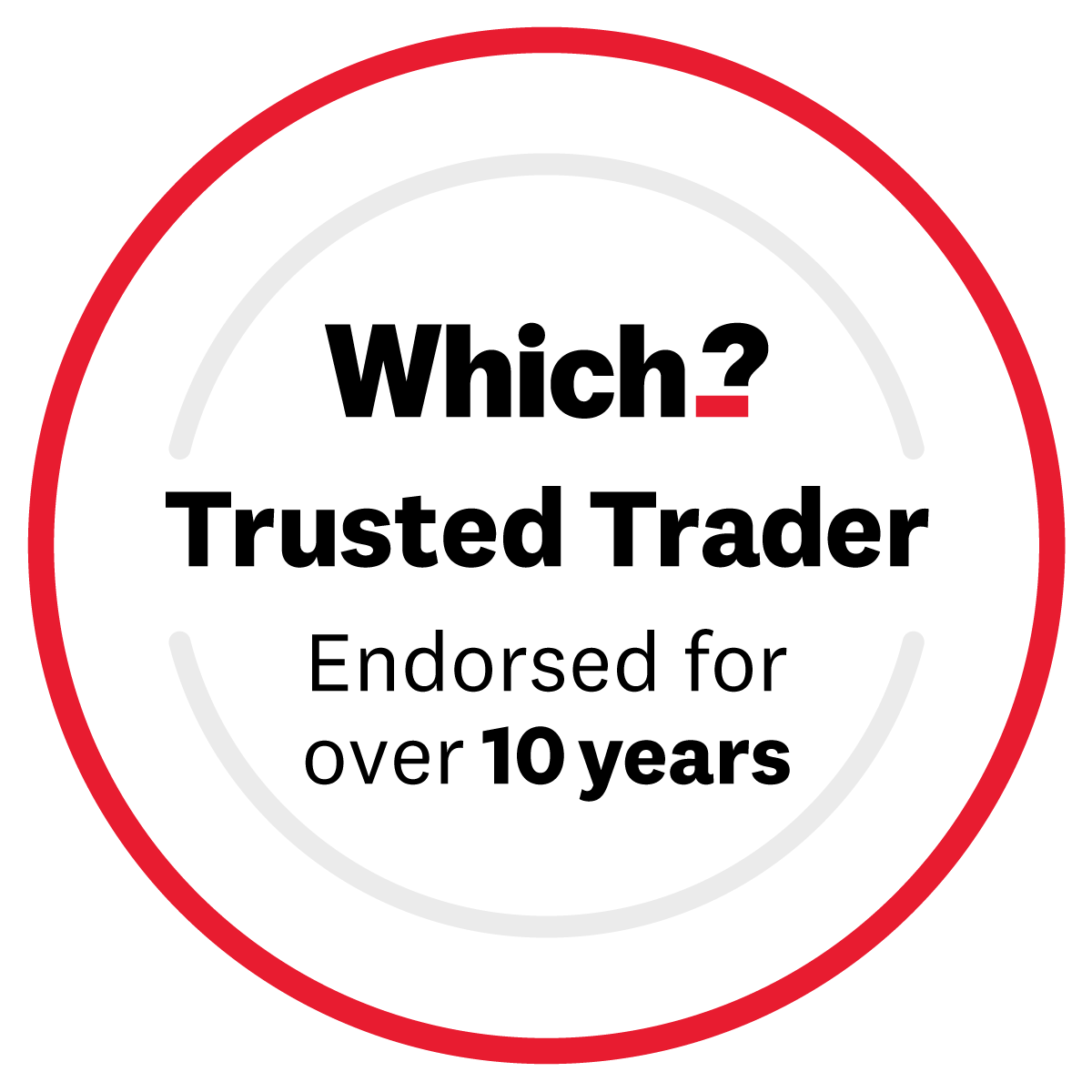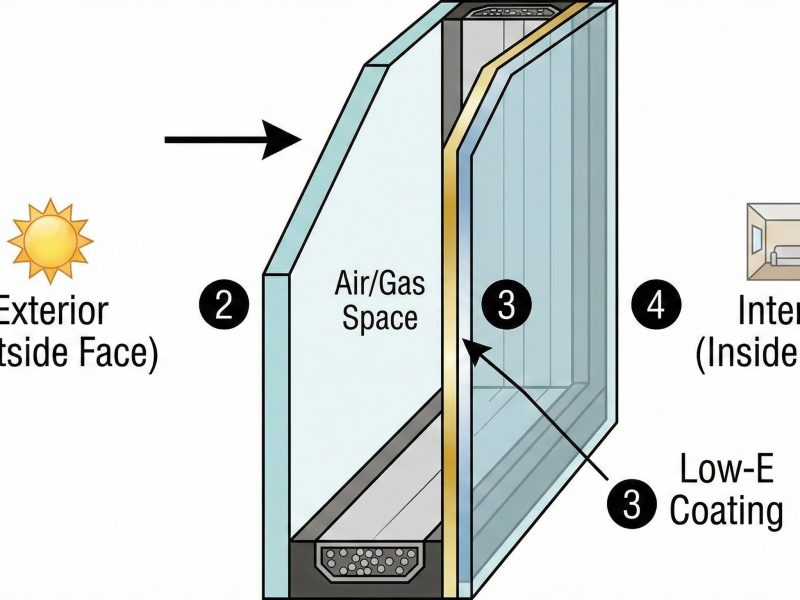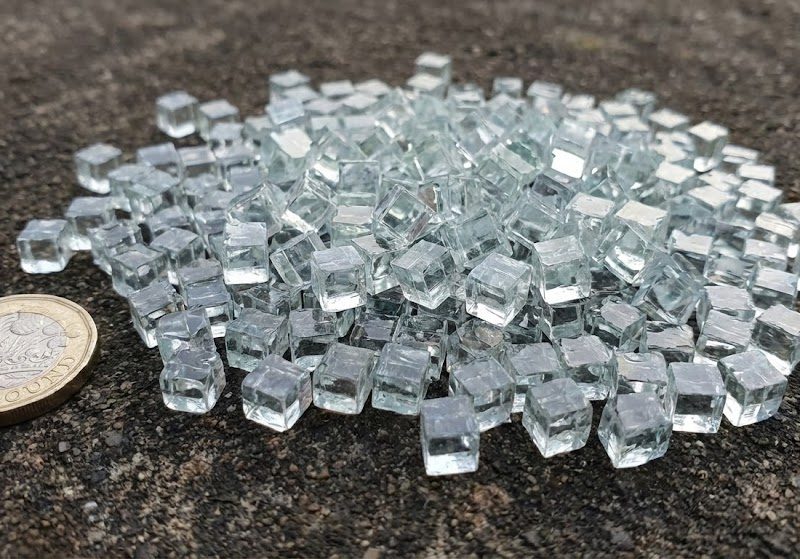
Timber - PVC - Aluminium - Windows, Doors & Conservatories in Hampshire
The Complete Guide to Low-E Glass: Technology, Types, and Performance
The Complete Guide to Low-E Glass: Technology, Types, and Performance
Key Takeaways
- Microscopic Coating: Low-E glass uses a silver coating thinner than a human hair to reflect heat back into the room.
- Soft Coat vs. Hard Coat: Soft Coat (Sputtered) is the modern standard offering superior insulation; Hard Coat (Pyrolytic) is older and less efficient.
- Building Regulations: Low-E glazing is now practically mandatory in the UK to meet Part L energy efficiency standards.
- Thermal Stress: The centre pane of triple-glazed units must be toughened to prevent cracking from heat absorption.
Low-emissivity (Low-E) glass is the cornerstone of modern energy-efficient architecture. While it is now a standard requirement under UK Building Regulations for new windows and extensions, the technology behind it is often misunderstood.
This comprehensive guide breaks down the physics, manufacturing processes, and performance metrics of Low-E glass, helping you understand exactly how it regulates thermal transfer in residential and commercial buildings.
What is Low-E Glass?
Low-emissivity glass is a type of glazing that has been treated with a microscopic, transparent coating. This coating is designed to reflect thermal radiation (heat) while allowing visible light to pass through.

To understand how it works, we must understand Emissivity. In physics, emissivity is the ratio of energy radiated by a material. The scale runs from 0 to 1:
- Black Body (Perfect Absorber): Emissivity of 1.0.
- Uncoated Float Glass: Emissivity of 0.84 – 0.91. (It absorbs heat and re-radiates it).
- Low-E Glass: Emissivity of 0.02 – 0.05. (It reflects heat).
By adding a Low-E coating, the glass effectively becomes a “heat mirror.” In winter, it reflects the heat generated by your radiators back into the room. In summer, specific solar-control Low-E coatings can reflect the sun’s heat back outside.
The “Penny on the Shard” Scale
The metallic coating on Low-E glass is applied at an atomic level. It is so thin that if the pane of glass represents the height of The Shard in London (310m), the Low-E coating would be the thickness of a single penny placed on top.
Understanding the Physics: Spectral Selectivity
The sun emits energy in three primary bands: Ultraviolet (UV), Visible Light, and Infrared (Heat). Standard glass allows all three to pass through relatively unchecked.
Low-E coatings are engineered to be Spectrally Selective. This means they can identify and filter specific wavelengths:
- Visible Light: The coating is transparent to short-wave visible light, keeping your room bright.
- Long-Wave Infrared: The coating is reflective to long-wave heat (internal room heat), trapping it inside.
- Short-Wave Infrared: Advanced coatings can also reflect short-wave solar heat, preventing overheating.
Key Performance Metrics
When comparing Low-E glass types, three specific metrics define the performance:
| Metric | Symbol | Definition |
|---|---|---|
| U-Value | Ug | Measures thermal insulation. The lower the number, the better the glass is at retaining heat. Standard double glazing is 1.2 W/m²K; advanced Low-E can reach 1.0 or 0.9. |
| G-Value | g | Measures solar heat gain. A value of 0.70 means 70% of solar heat enters the room (free heat). A value of 0.35 means only 35% enters (solar control). |
| Light Transmission | LT | The percentage of visible light allowed through. Clear glass is approx 90%. Low-E glass ranges from 70% to 82%. |
Manufacturing Types: Hard Coat vs. Soft Coat
Not all Low-E glass is created equal. The manufacturing method dictates the performance, durability, and visual clarity of the product.
1. Hard Coat (Pyrolytic)
This process occurs “online” during the float glass manufacturing itself. Metallic oxides are sprayed onto the glass while it is still semi-molten (approx 600°C). The coating fuses into the glass surface.
- Pros: Extremely durable; scratch-resistant; can be used in single glazing.
- Cons: Higher emissivity (less efficient); prone to a “haze” or cloudy appearance in direct sunlight.
2. Soft Coat (Magnetron Sputter Vacuum Deposition)
This process occurs “offline” on pre-cut glass. The glass enters a vacuum chamber where layers of silver and metal oxides are bombarded with ions, causing atoms to “sputter” onto the glass surface. Modern high-performance units (like Triple Silver coatings) use this method.
- Pros: Lowest emissivity (best insulation); highest clarity (no haze); superior solar control options.
- Cons: Soft and delicate. It oxidizes if exposed to air, so it must be sealed inside a double or triple-glazed unit facing the gas-filled cavity.
Comparative Performance
| Glass Type | Process | Typical U-Value | Visual Clarity |
|---|---|---|---|
| Standard Clear | Float | 2.7 W/m²K | Excellent |
| Hard Coat Low-E | Pyrolytic | 1.4 – 1.6 W/m²K | Good (Minor Haze) |
| Soft Coat Low-E | Sputtered | 1.0 – 1.2 W/m²K | Excellent |
Thermal Stress and Breakage Risks
An often-overlooked aspect of Low-E glass is thermal stress. Because Low-E coatings reflect heat, they also absorb a portion of that energy. If a pane of glass absorbs solar energy unevenly—for example, if a tree casts a shadow across half the window—the temperature difference between the hot and cold areas can cause the glass to crack.
The Solution: In areas of high solar exposure or partial shading, Low-E glass is often toughened (tempered). This process makes the glass up to five times stronger and more resistant to heat differentials.
The Triple Glazing Factor
This risk is significantly higher in triple-glazed units. The centre pane of glass sits between two sealed cavities and has no direct contact with the external or internal air. This means it cannot dissipate heat effectively, acting as a heat trap. Consequently, the centre pane of triple glazing is almost always toughened to prevent thermal stress fracture.
The “Death Ray” Effect: Solar Convergence
While rare, high-performance Low-E glass has been responsible for a phenomenon known as Solar Convergence. This occurs when highly reflective glass is used on a building with a concave (curved inward) design.
Because Low-E glass is designed to act as a mirror for thermal energy, a concave building effectively creates a parabolic mirror. This focuses the sun’s reflected intensity into a single, concentrated “death ray” or hotspot, which moves across the ground as the sun moves across the sky.
Case Study: The “Walkie Scorchie”
The most famous example of this occurred at 20 Fenchurch Street in London (nicknamed the “Walkie Talkie”). During its construction in 2013, the concave glass façade focused sunlight onto the street below with such intensity that it:
- Melted the bodywork of a Jaguar XJ parked on the street.
- Scorched doormats and carpets in nearby shops.
- Cracked tiles and singed fabric.
The Solution: A permanent sunshade (bris soleil) had to be retrofitted to the building to diffuse the light.
While this is an extreme example, residential Low-E glass can sometimes cause similar, albeit smaller, issues. Neighbours’ windows have been known to reflect concentrated beams that melt vinyl siding or scorch artificial grass. This is why understanding the placement and external reflectivity of glass is crucial.
The Production Process
The application of soft-coat layers is a feat of modern engineering. The video below details the float glass process and how these nanoscopic layers are applied.
Frequently Asked Questions
Technically, yes, but rarely to a noticeable degree in residential homes. Because soft-coat Low-E glass contains layers of silver (a conductive metal), it acts as a partial Faraday cage, attenuating radio frequency signals. However, in a standard home with non-metallic walls, the impact on mobile reception is usually negligible.
It significantly reduces it, but does not eliminate it entirely. Standard Low-E glass blocks a large percentage of UV rays. However, for maximum protection against fading, we recommend using laminated glass, which features a PVB interlayer that blocks up to 99% of harmful UV radiation.
Modern soft-coat Low-E glass is virtually invisible. However, stacking multiple layers of silver to achieve high solar control can introduce a very faint tint, usually neutral grey or soft green. Hard-coat glass is more visible and can sometimes exhibit a “haze” or oil-slick effect in direct sunlight.
This is a positive sign of high performance. Old windows allowed heat to escape, warming the outer pane. Low-E glass traps heat inside so efficiently that the outer pane remains cold. On clear, cold mornings, the outer pane temperature can drop below the dew point, causing temporary external condensation.
In the UK, Building Regulations (Part L) set strict standards for thermal efficiency. To meet the required U-values for new windows and extensions, Low-E glass is practically mandatory in almost all residential installations.
In an insulating glass unit, the Low-E coating should be on the cavity surface of the inner pane. Glass surfaces are numbered starting from the exterior of the building (Face 1). Therefore, the Low-E coating should be on Face 3. However, Face 2 (the cavity surface of the outer pane) is also acceptable if the other position is unavailable.
- KJM Update: How We Are Closing the Loop on Window Scrappage - 19 November 2025
- KJM Group MD Attends House of Commons Event to Champion UK Glass Industry - 14 November 2025
- Industry News Alert: Pilkington Discontinues Classic Flemish Glass - 14 November 2025
